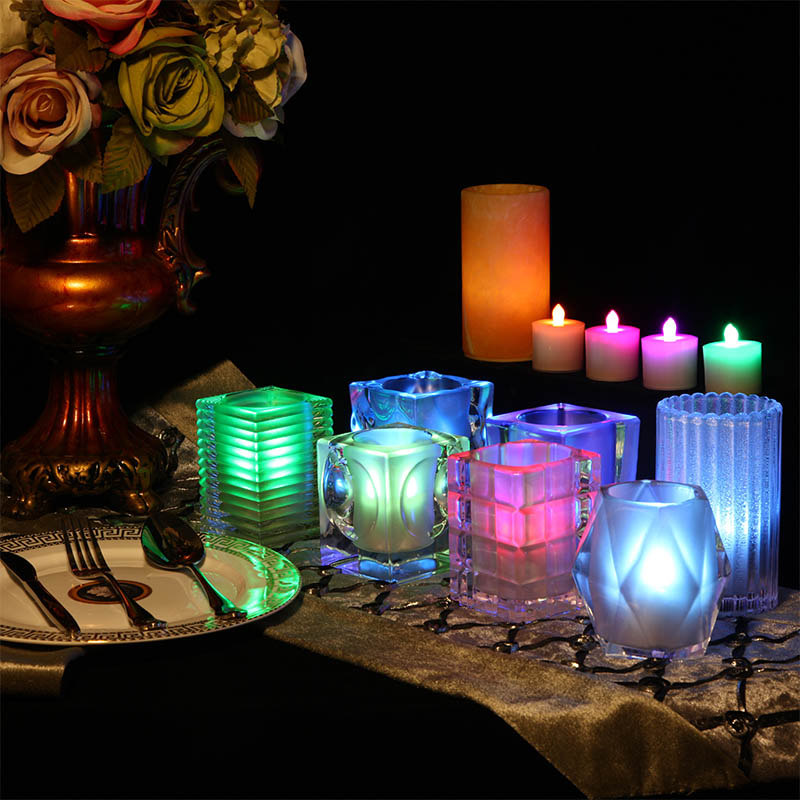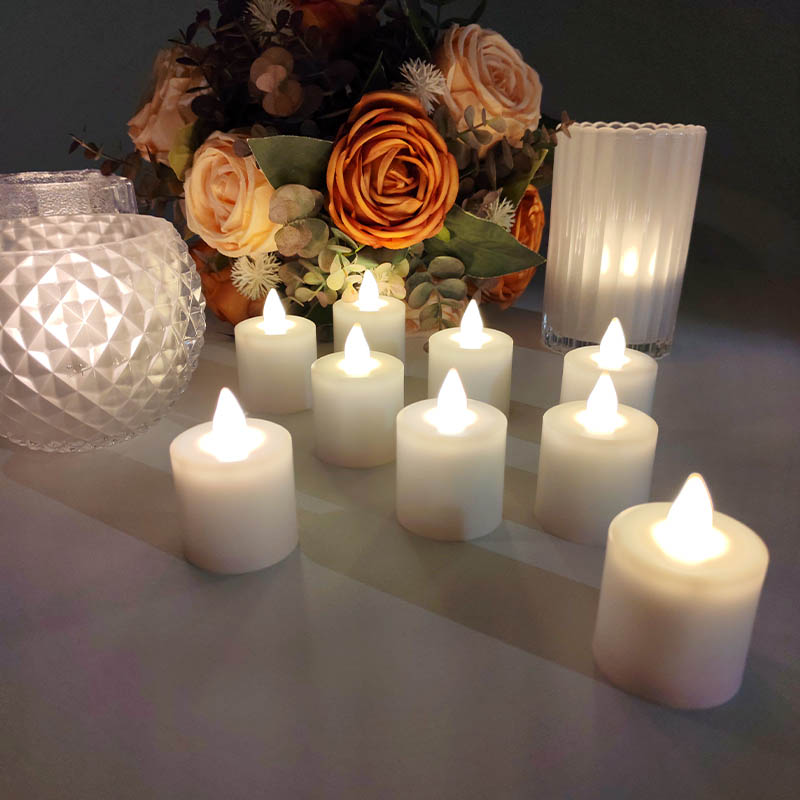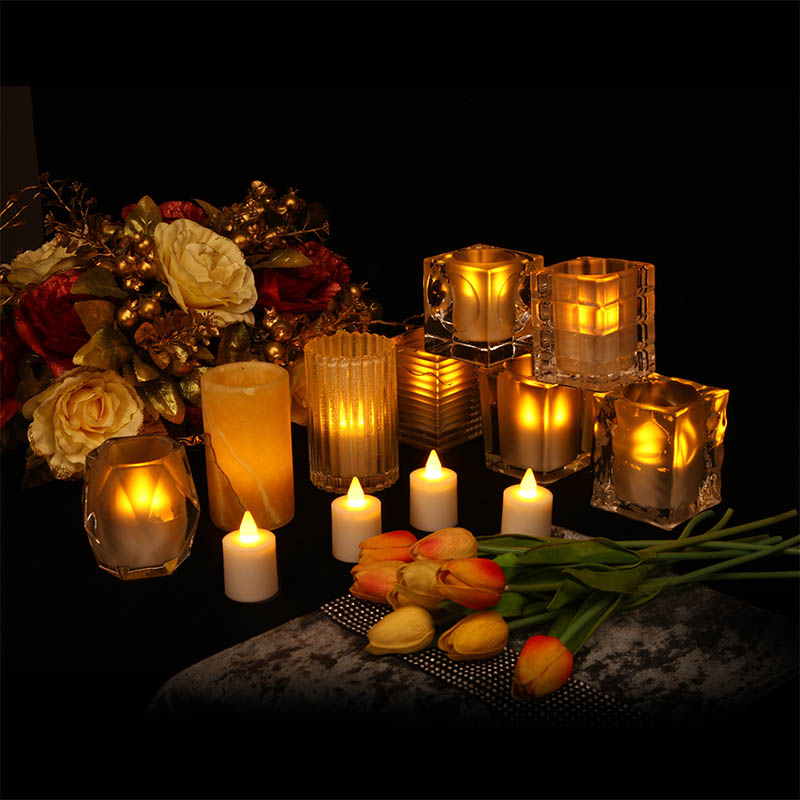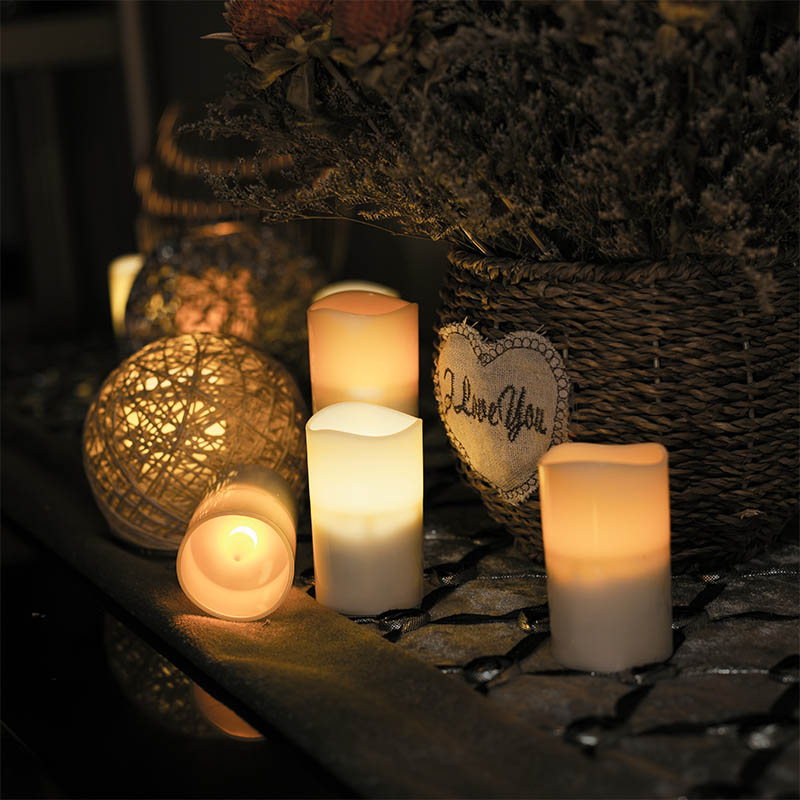What are the key points for installing wooden lamps in hotel restaurants?
Release Time : 2025-05-22
As a public space with high frequency of use, the installation of wooden lamps in hotel restaurants should not only ensure aesthetics, but also take into account safety, functionality and space adaptability. The construction process involves multiple links such as preliminary planning, structural processing, circuit layout, etc., and each detail directly affects the service life and user experience of the lamps.
Before construction, the floor height, area, and load-bearing structure of the hotel restaurant need to be accurately surveyed. If the floor height is low, avoid choosing large wooden chandeliers with a strong sense of drape. You can use ceiling-mounted or short-rod wooden lamps instead to prevent oppression of the space; if it is a high-ceiling banquet hall, you can design multi-level wooden chandeliers to enhance the sense of depth of the space through drape shape. At the same time, it is necessary to select the type of lamps in combination with the functional zoning of the restaurant (such as scattered seating area, booth area, and box): modular wooden chandeliers can be used in scattered seating areas to facilitate unified layout; customized wood carving lamps are suitable for boxes to highlight the style of private space. In addition, the load-bearing capacity of the ceiling needs to be calculated. Large wooden lamps (such as solid wood chandeliers over 50kg) must be fixed on the main structure of the building (such as concrete beams, steel structure keels), and avoid being directly installed on non-load-bearing structures such as gypsum board ceilings to prevent the risk of falling.
The installation base of wooden lamps needs to select the material and fixing method according to the weight of the lamp. For small and medium-sized wooden lamps (≤30kg), metal expansion bolts can be used to fix them on concrete or brick walls. Heat dissipation holes must be reserved at the connection between the base and the lamp to prevent overheating of the wood due to long-term lighting; large wooden lamps require customized steel structure brackets, which are connected to the main building by welding or bolts, and then the lamps are nested or riveted on the brackets. For example, the giant wooden chandelier in the hotel lobby needs to be pre-buried in the ceiling with I-beams, and then the lamps are hoisted to the brackets in modules by hoisting chains to ensure the balance of the center of gravity. During the fixing process, it is necessary to avoid direct contact between wood and metal to produce condensation water. Rubber pads or anticorrosive wood gaskets can be placed at the joints, and metal parts should be treated with rust prevention to extend the life of the structure.
Hotel restaurants are crowded places, and circuit construction must strictly follow fire regulations. The power cord of wooden lamps should use flame-retardant copper core wires, and must be laid in galvanized steel pipes or PVC flame-retardant pipes to avoid direct contact between the wires and wood and cause fire. The wiring terminals inside the lamps must be wrapped with high-temperature resistant insulating tape. After the wire ends are firmly connected, the junction box should be hidden inside the main body of the lamp or in the ceiling inspection port to keep the appearance neat. For wooden lamps with dimming function, a leakage protector must be installed at the power input end, and at the same time, ensure that the dimming module is kept at a safe distance from the wood (≥5cm) to prevent the module from heating and burning the wood. In addition, an inspection channel must be reserved, such as setting an openable gusset plate on the ceiling to facilitate later maintenance of the circuit or replacement of the light source.
The connection between wooden lamps and the ceiling requires attention to detail craftsmanship to avoid problems such as excessive gaps or uneven force. If it is a special-shaped wooden lamp (such as curved surface, hollow shape), it is necessary to reserve an embedded installation groove according to the outline of the lamp during the ceiling construction, and fill the groove with fireproof rock wool or flame-retardant foam to enhance the sealing and meet the fire protection requirements. For example, a round wooden chandelier can be nested with a round ceiling shape, and the edge rounding treatment can make the transition between the lamp and the ceiling natural; if it is a hanging wooden lamp, a decorative cover needs to be installed at the connection between the hanging rod and the ceiling to cover the screws and pipelines, and at the same time, the level gauge is used to calibrate to ensure that the lamp is vertical and not skewed. For the combination of wooden ceiling and wooden lamps, the same color wood can be spliced, connected by mortise and tenon or hidden nail technology to enhance the unity of the overall style.
The hotel restaurant environment is characterized by high humidity and easy contact with oil stains, and wooden lamps need to be protected in a targeted manner. First of all, all wood must be treated with fire retardant and painted with flame retardant paint that meets the GB 50222 standard to ensure that the combustion performance reaches B1 level or above, and the test report is retained for fire protection acceptance. Secondly, for wooden lamps at the junction of the kitchen and dining area, it is necessary to spray oil-resistant nano-coating on the surface and wipe it with a neutral detergent (such as diluted soapy water) every quarter to prevent oil stains from penetrating and causing wood deterioration. For hotels in humid areas in the south, micro-dehumidification devices (such as silica gel desiccant bags) can be installed inside the lamps, or water-resistant woods such as teak and merlot can be selected. At the same time, ventilation ducts can be added to the ceiling to reduce the impact of space humidity on wood.
The lighting effect of wooden lamps directly affects the atmosphere of the restaurant, and precise debugging is required after installation. First, adjust the color temperature of the light source according to the functional area of the restaurant: the main dining area can use 3000K-3500K warm white light to enhance appetite; the casual coffee area can use 2700K warm light to create a warm feeling. Secondly, control the installation height and irradiation angle of the lamp: the bottom edge of the wooden chandelier above the dining table should be 70-90cm away from the table to avoid direct glare; the decorative wooden wall lamp on the wall needs to adjust the projection angle to highlight the wood texture through wall washing light. For large banquet halls, intelligent lighting systems can be used to link wooden lamps with ambient lighting, and scene switching (such as banquet mode, dining mode, cleaning mode) can be achieved through dimming modules, while ensuring uniform overall illumination to avoid blind spots.
After installation, a comprehensive acceptance inspection is required: check the shaking amplitude of the lamps (horizontal displacement ≤5mm), test the lighting of each light source with power, and use an infrared thermometer to detect the surface temperature of the wood (≤45℃) to ensure that there are no short circuit or overheating hazards. At the same time, it is necessary to provide usage training to the hotel catering department staff and clearly prohibit behaviors: such as strictly prohibiting direct wiping of live lamps with wet rags, regularly (every six months) checking the tightness of the screws of the hanging rods, and reinforcing large lamps before encountering extreme weather such as typhoons. Establish an installation file to record the lamp model, installation date, and maintenance cycle for later traceability and management. Through strict control of the above construction points, wooden lamps can not only become the visual focus of the hotel restaurant, but also ensure long-term safe and stable operation.










